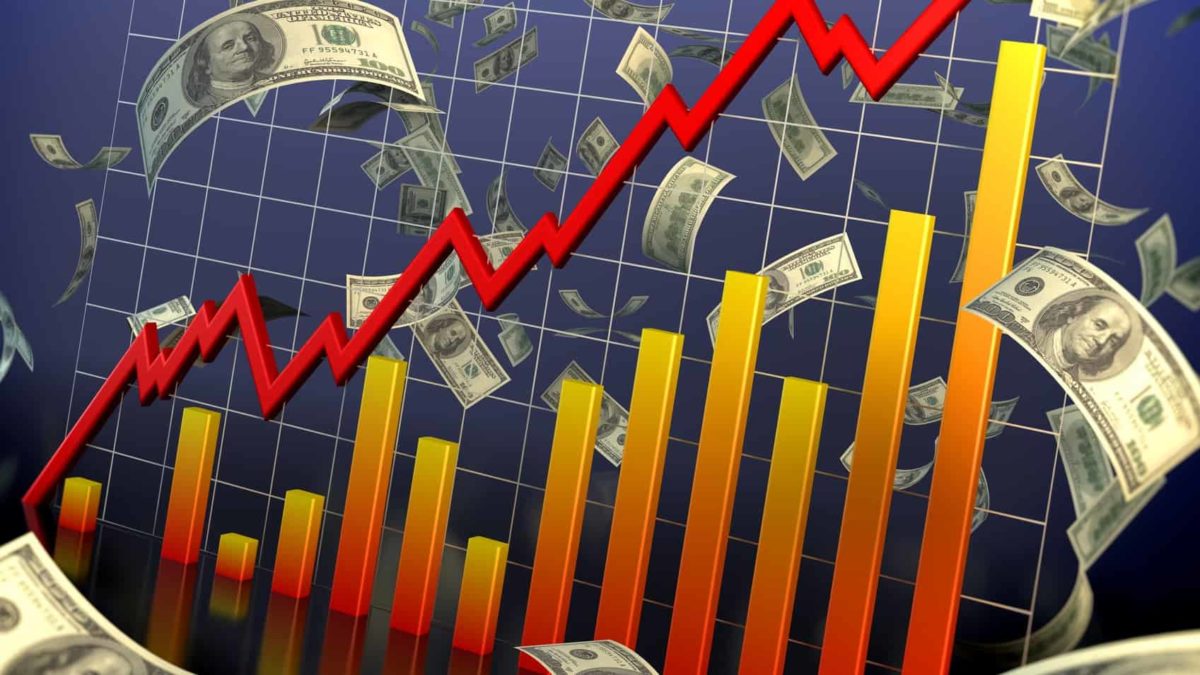This article was originally published on Fool.com. All figures quoted in US dollars unless otherwise stated.
The stock market is posting solid gains on Tuesday, with those portions of the market that got hit the hardest seeing some of the biggest gains in response. The Nasdaq Composite (NASDAQINDEX: ^IXIC) gained more than 2% near midday, while gains of closer to 1% for the Dow Jones Industrial Average (DJINDICES: ^DJI) and S&P 500 (SNPINDEX: ^GSPC) showed broad-based support.
The catalyst for Tuesday's rise was a report that signaled that inflationary pressures just might be subsiding. Most of the time, investors don't pay a lot of attention to the Producer Price Index (PPI) report, favoring its consumer-oriented counterpart instead. However, because the PPI offers a different look at pricing pressures, it's particularly useful as market participants try to anticipate whether and when inflation might finally come under control.
What is the Producer Price Index?
Most people are familiar with the Consumer Price Index because it matches their own experience as consumers. However, the Producer Price Index looks at the wholesale prices that companies pay for the inputs they need to provide the goods they make and the services they offer.
The PPI report actually includes several different measures of inflation. Final demand figures look at the prices that manufacturers charge retailers for finished goods that are ready for consumer purchase. Intermediate demand measures, however, look at input costs further down the supply chain, with four separate stages reflecting different points in the production process. Taken together, the PPI numbers offer a sense of where in the pipeline cost pressures might be strongest and where they might be easing.
October's PPI figures showed prices for final demand goods and services rose 0.2% for the month. That brought the year-over-year gain in the index to 8%. Breaking down the numbers, goods saw a 0.6% rise, but services prices were actually down 0.1% from the previous month. Most of the rise in goods came from a 2.7% jump in energy prices. Declines in service prices came from lower trade, transportation, and warehousing costs. Removing food, energy, and trade costs, the final demand PPI was 5.4% higher than it was 12 months ago.
The biggest cooling, though, was in intermediate figures. Processed goods for intermediate demand saw prices drop 0.2% from the previous month, while unprocessed goods plunged 11.7%. Energy was the primary driver on the unprocessed goods side, but for both measures, year-over-year gains slowed to about 10% -- down from growth rates of 25% to 50% or more at times in the past 12 months.
Working through the system
When companies price their goods, they tend to use the cost structure that was in place when they were purchasing required inputs to make those goods. As a result, it can take time for lower costs at an earlier stage of production to filter through and remove cost pressures on finished goods.
However, investors are increasingly optimistic that the conditions are ripe for future price increases to slow. Indeed, if outright price declines become more prevalent early in the manufacturing process, then it could lead to a relatively quick slowing of year-over-year price increases at the consumer level. That in turn could take away some of the urgency at the Federal Reserve to boost short-term interest rates at the breakneck pace they've followed over the past six months.
Many market participants have seen the pullback in stocks, particularly in high-growth companies with most of their profit potential far in the future, as driven in large part by the interest rate environment. If inflation does indeed prove fleeting after all, then it could lead to at least some recovery from the bear market over time.
This article was originally published on Fool.com. All figures quoted in US dollars unless otherwise stated.








